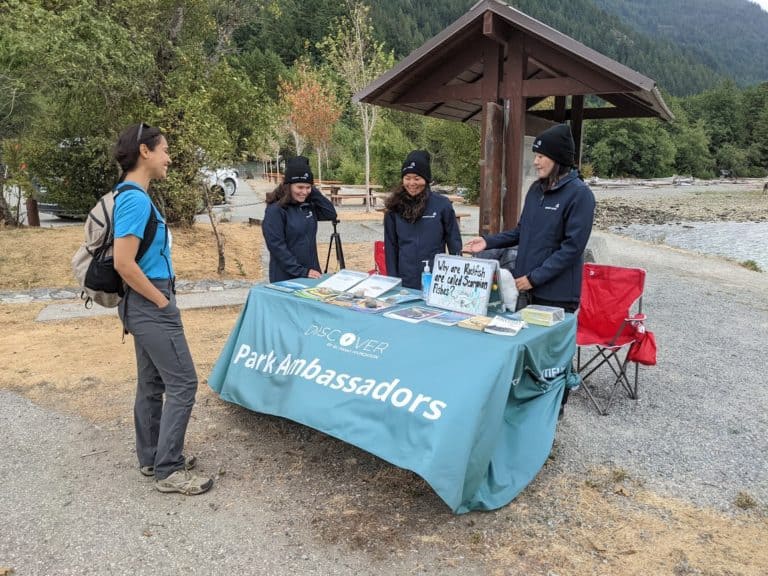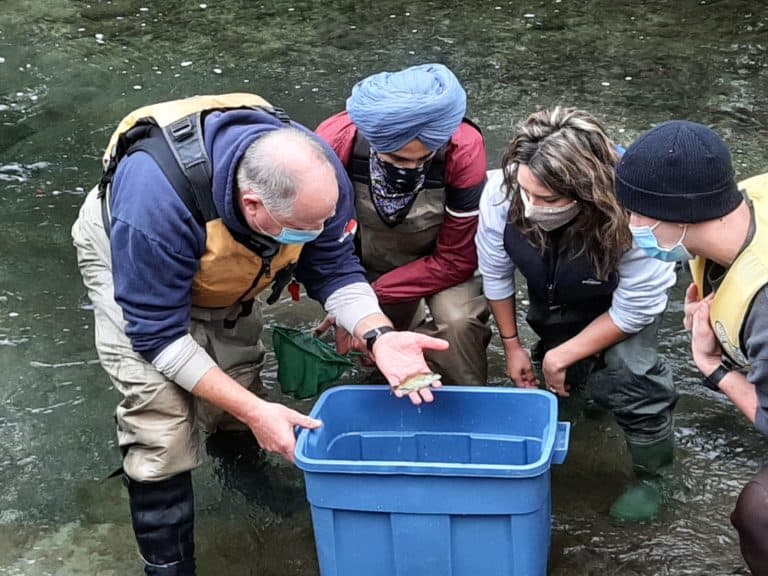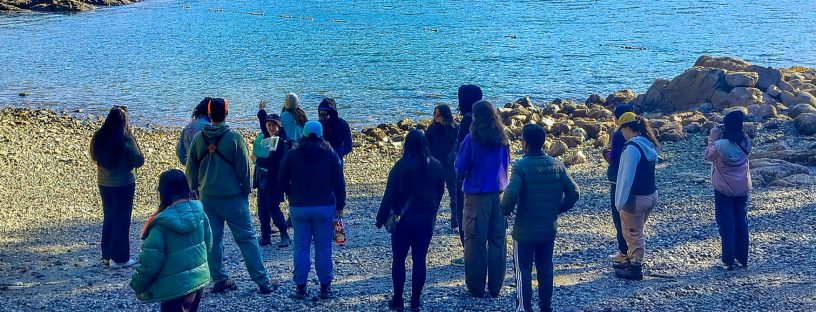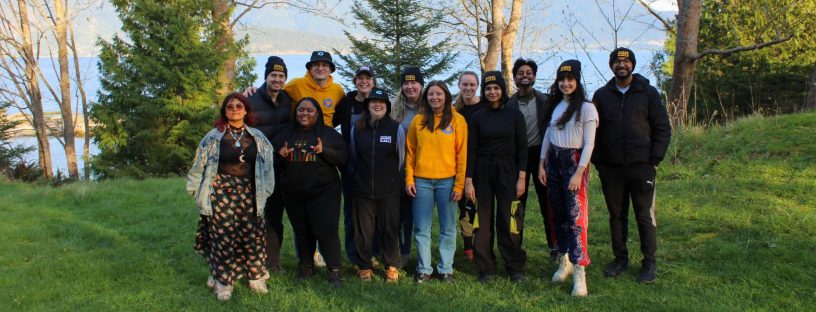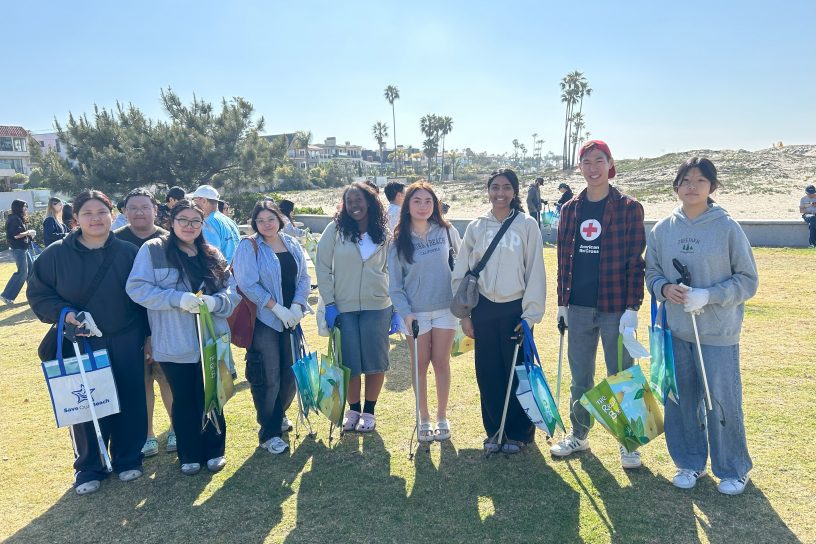Algal Blooms: A Crisis in Our Waters
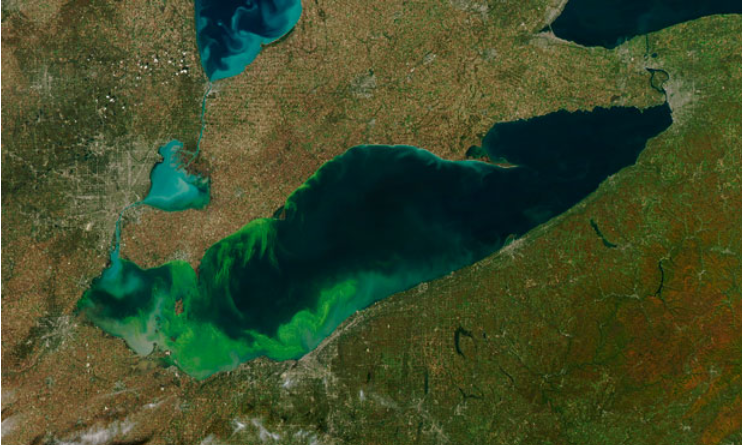
Joshua Robin is a high school student in Ottawa, Ontario who has a deep passion for environmental science. At his school, he runs the Horticultural Club and the Eco Club, hoping to inspire more action towards solving climate-related issues. As part of his participation in Youth to Sea’s 2023 Ottawa cohort, Joshua focused his ocean service project on algal blooms. During this project he led native-plant plantings to minimize the effects and presence of algal blooms within his locality. Staying within his service project theme, Joshua wrote a piece on the impacts of algal blooms and what you can do to help.
Algal Blooms: A Crisis in Our Waters
What first comes to mind when you first think about the word “algae”? Is it that green film that you find in fish tanks? Isn’t it all just seaweed? Afterall, algae are just plants, right?
Mostly wrong. Algae are classified photosynthetic eukaryotic organisms; if you are familiar with protists–simple organisms with a nucleus that are neither plant, animal nor fungi – algae are just that. Furthermore, algae can take on many forms–being anywhere from a small diatom to being over 65 meters in length like giant kelp. This also includes seaweed, like brown algae, to green films from fish tanks (or commonly known as chlorophyta). Algae thrive throughout fresh and saltwater ecosystems across the world, contributing to a large portion of the oxygen we breathe in every day. It can even be said that 70% of the total air in our atmosphere comes from these microorganisms within the ocean (Oxygen Levels, n.d.). In addition, these organisms are vital for ecosystems, providing a foundation of energy for other plants and animals in ecosystems. These protists, like plants, rely on carbon dioxide, sunlight, oxygen, water, and a flow of nutrients. Nonetheless, too much of anything can pose risks to the fragile balance of an ecosystem.
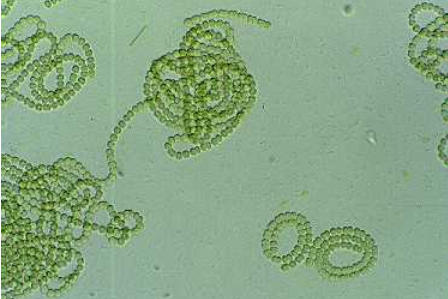
What are Algal Blooms?
When it comes to algal blooms, it refers to the sudden growth of algae within water, leading to a green, scum-like appearance. One type of algae, blue-green algae (from cyanobacteria or microcystis), are some of the most common sources of algal blooms in freshwater ecosystems; excessive brown and red algal growth are more commonly found within saltwater environments. Furthermore, when it comes to excessive growth, it is likely traced back to the spike in nutrients within the water (especially with that of excess nitrogen and phosphorus). Usually, this can happen naturally from currents and higher temperatures, occurring for a brief time during warmer months of the year in temperate climates. However, it is estimated that the frequency of algal blooms has increased by 59% from 2003-2020, extending for longer periods of time as well (Harvey, 2023). With such uncontrolled growth, it is possible to see a linkage towards human activity.
How Do We Cause Algal Blooms?
Predominantly, the major sources of algal growth (eutrophication) come from run-off (traced back to unsustainable agriculture and wastewater systems), consequently leading to a spike in the nutrients. With current changes, rising water levels, and rising temperatures due to climate change, the amount of nutrients mixing into the water form substrate. It is estimated (from 2003-2020) that algal blooms have increased in size by about 13 percent; this accounts for 1.5 million additional square miles experiencing eutrophication worldwide (Harvey, 2023).
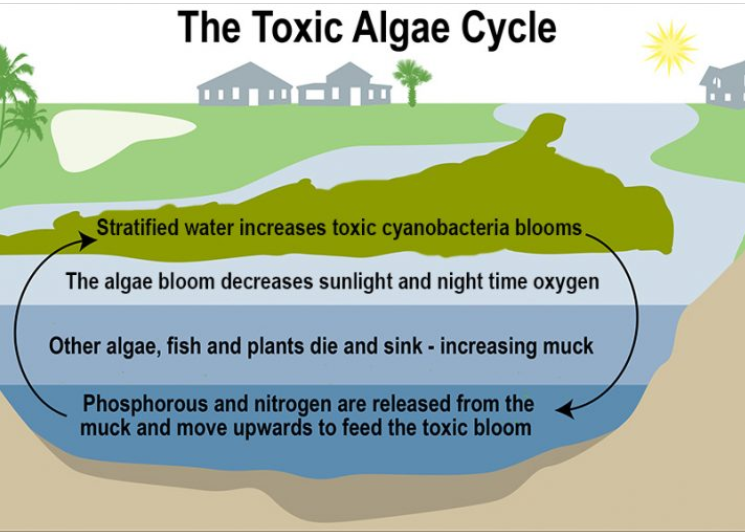
What impacts can this bring?
Algal blooms can devastate an ecosystem and its diversity, far beyond aesthetic concerns with a green scum-like appearance on the surface of the water. Due to the spread of algae across the surface of water in an aquatic ecosystem, little sunlight is able to pass through to plants underwater. The lack of sunlight forms a reduction in plant growth, leading to the lack of food towards many heterotrophs (organisms that rely on the consumption of other organisms for energy). Furthermore, excessive growth can also result in hypoxic and/or anoxic conditions within the water, from the lack of dissolved oxygen. This predominantly occurs during cellular respiration within the algae. They take in oxygen from the water (obtained by photosynthesis during the day) to convert their glucose into energy. Due to the high amount of these organisms, the amount of oxygen within the water can also be drastically reduced–effectively killing many aquatic animals. Eutrophication also has direct impacts on humans as well, through the spread of toxins (cyanotoxins). When considering the overall implications this can have on humans within the fishing industry, the economy, and/or tourist industries, such algal blooms highly reduce the overall revenue and welfare of these places. Take, for example, Lake Erie, Ontario. In 2015, alone, the region lost $272 million in revenue due to the lack of tourism and fishing within the area from harmful algal blooms (Smith et al., 2019). Moreover, as consumers of seafood, we can also be affected by these changes as well. The increased bioaccumulation within animals can also end up within our own systems after consumption, providing toxic repercussions. This rate is also set to continue within the future as well, exacerbated by climate change. Therefore, the call to take action is immense.

What Can I Do to Help?
To encourage others in taking action, I made an acronym to help to remember them. Let us all do our “PART”.
Pollution: The action necessary to reduce pollution within water bodies, through the act of effective disposal of waste. This includes:
- Waste: Comprising of pet waste and/or other forms of nutrient-rich waste. Dispose of these effectively without contaminating natural ecosystems
- Chemicals: Primarily household chemicals. Make sure to safely dispose of harmful chemicals, to limit its contamination of soil or contact with storm drains.
Agriculture: The farming practices within local communities and the reduction of run-off (nutrient pollution) associated with farming.
- Invest: Begin by sourcing your food from vendors that utilize sustainable agricultural practices, limiting the amount of nutrient pollution they contribute to algal blooms.
- Plant: Start planting your own gardens, limit the use of artificial fertilizers/pesticides, and source your own food. If you ever see a pond suffering from algal blooms, feel free to create a run-off barrier of vegetation to absorb some of the nutrient pollution. Remember to plant native plants in those areas and do it with permission.
Reduce: Minimizing the total waste production, which ends up in waterways, creating algal blooms.
- Waste: Use water effectively and efficiently to limit the amount of wastewater that can end up within local water bodies.
- Chemicals: Reduce the number of pesticides, chemicals, and fertilizers used within gardening or the outdoors; this can eventually end up in storm drains, eventually leading back to waterways.
Take Action: How you can take immediate action.
- Get Involved: It’s time to join an environmental organization, spread awareness, and/or get involved with initiatives working on solutions towards minimizing algal blooms within your community.
- Get Your Hands Dirty: Are there algal blooms nearby? With permission, you can go ahead and get involved in the eradication of algae within the area: create vegetation buffers, manually take out the algae (size and growth dependent), and/or get attention and help. When taking action limit the usage of harsh chemicals (especially algaecides) to get rid of current algal blooms.
Conclusion
Overall, algal blooms are a critical issue that need to be addressed. Only through spreading awareness and taking proactive measures can this crisis be alleviated. This applies to you whether you live hundreds of miles from a water body or live right next to one, only through collective action can we overcome this issue. Before they are gone, let us all join hands and protect water bodies for future generations to admire.
Posted May 10, 2024 by Alex Leroux


